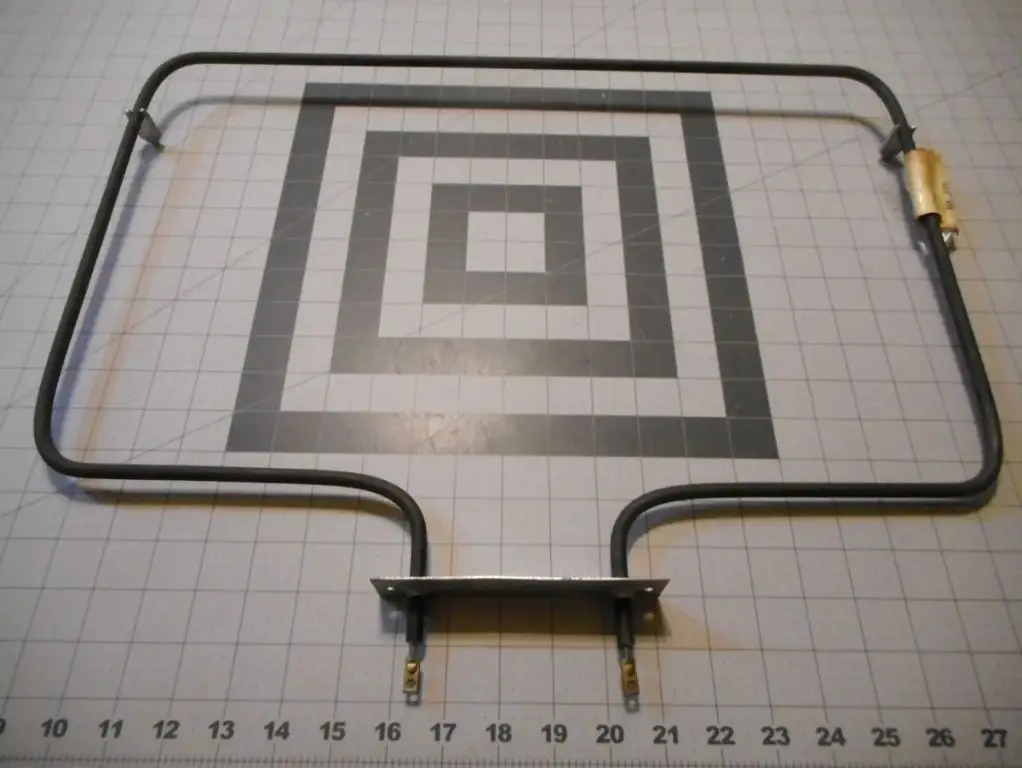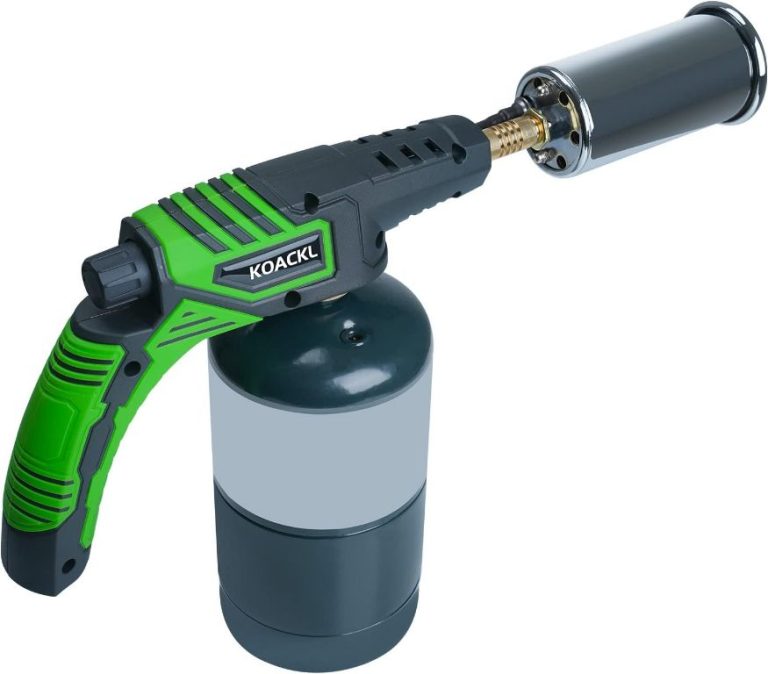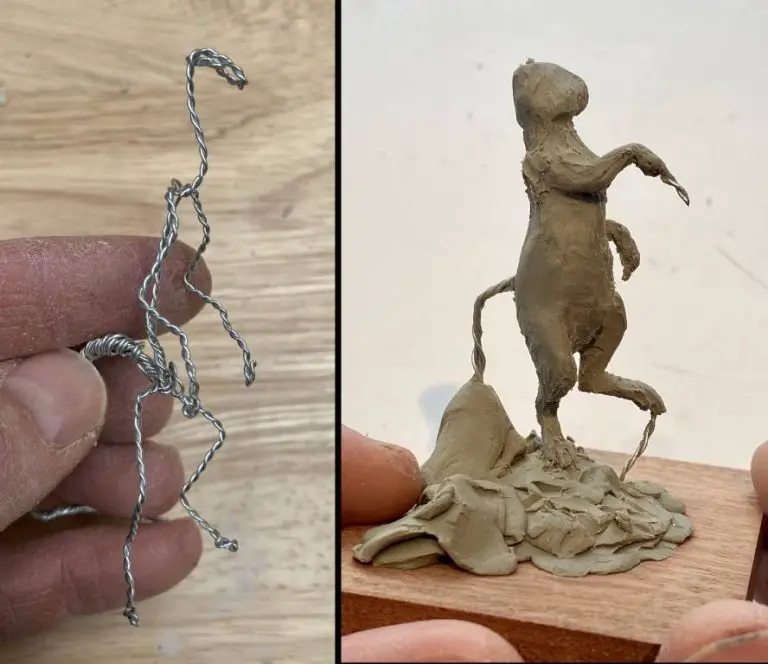How Do You Harden Metal In The Oven?
Metal hardening refers to a heat treatment process that increases the hardness and strength of metals by altering their internal microstructure. The process involves heating the metal to a high temperature, allowing the metal’s crystalline structure to change, then rapidly cooling or “quenching” it to lock the new structure in place.
The benefits of hardening metals include improved wear resistance, increased strength and hardness, enhanced machinability, and extended fatigue life. Hardening is commonly used for tools, bearings, gears, springs, knives, and other applications where high strength and durability are required.
Some of the most common uses of metal hardening include:
- Hardening cutting tools like drill bits, saw blades, lathe tools to prevent wear and breakage
- Increasing the hardness of engine components like camshafts and crankshafts
- Improving the wear resistance of bearings and gears
- Maximizing the fatigue life of springs and other dynamic components
- Enhancing strength and edge retention in knives and other blades
Overall, hardening makes metals stronger, more durable, and better suited for demanding mechanical applications. It is an indispensable heat treatment process used across many industries.
How Metal Hardening Works
Metal hardening relies on the principles of heat treating. When metal is heated, its atoms gain energy and begin to move around more. As the temperature increases, the atoms move even faster. Once the temperature reaches a certain point, called the critical temperature, the metal’s crystalline structure begins to change. The atoms rearrange themselves into a different crystalline pattern.
In steel, the atoms normally arrange themselves in a body-centered cubic pattern. However, when heated above the critical temperature, the atoms rearrange into a face-centered cubic pattern. This face-centered cubic pattern allows the atoms to move around more freely.
The key is to then quickly cool or “quench” the hot metal. When cooled rapidly, the atoms get stuck in the face-centered cubic pattern. This results in a harder metal, but also a more brittle one. The rapid cooling does not give the atoms enough time to revert to their original body-centered cubic pattern. This freezing of the atoms in the face-centered cubic pattern is known as martensite hardening. The resulting martensitic steel is very hard but brittle.
The specific critical temperature and rate of quenching depends on the particular type of metal being treated. Steels have a critical temperature ranging from 775-980°F. The quenching is generally done by submerging the hot metal into oil or water.1
Oven Hardening Basics
Oven hardening, also known as oven heat treatment, is a process of hardening metal alloys by heating them to a high temperature in a standard kitchen or workshop oven and then quickly cooling or ‘quenching’ them. This controlled heating and cooling alters the internal molecular structure of the metal, making it harder and more durable (Source).
The main tools and equipment needed for oven hardening include:
- A kitchen or workshop oven capable of reaching temperatures of 1500-2000°F.
- Tongs, pliers, or wire for holding the metal in the oven.
- Oven mitts or gloves for safety.
- Quenching oil such as motor oil, canola oil, or proprietary quenchant oils.
- A container for quenching such as a steel bucket.
- Optional – a thermometer to monitor oven temperature.
Proper safety gear like fire-resistant gloves, apron, and eye protection should always be worn. Ventilation is critical as heating metal can produce toxic fumes.
The most suitable metals for oven hardening include medium and high carbon steels such as 1045, 1095, 5160, and W-1 steel. Softer low carbon steels generally cannot be effectively hardened without more complex industrial heat treating.(Source)
Preparing Metal for Oven Hardening

Properly preparing the metal is an essential first step for successful oven hardening. Start by ensuring the metal is free of dirt, oil or grease. Any impurities left on the surface can affect heat transfer and cause inconsistent results. Use a wire brush or sandpaper to thoroughly clean the surface down to bare metal.
Once cleaned, the metal should be coated in a quenching oil. The oil helps facilitate rapid cooling when quenched after heating. Common quenching oils include canola oil, peanut oil or motor oil. Make sure to fully submerge or coat all surfaces of the metal. Allow any excess oil to drip off before placing the metal in the oven.
According to this WikiHow article, quenching oil is a key component for effective heat treating and hardening steel at home. The oil helps control the rate of cooling so the metal hardens properly.
Heating the Oven and Metal
Heating the oven and metal to the proper temperature is crucial for successful hardening. The oven temperature required depends on the type of metal being hardened. Common oven hardening temperatures range from 375°F to 1400°F (Metal Hardening | Metal Quenching | Metal Tempering). It’s important to monitor the oven temperature closely with a thermometer placed inside the oven.
Here are some typical oven heating temperatures needed for hardening different metals:
- Mild steel: 1400-1500°F
- Medium carbon steel: 1500-1550°F
- High carbon steel: 1550-1600°F
- Stainless steel: 1950-2100°F
- Cast iron: 1800-2000°F
- Copper: 750-850°F
- Brass: 1300-1700°F
The metal being hardened should be placed in the cold oven first. Then turn on the oven and allow it to come up to temperature. Monitor with a thermometer and heat the metal for the required time once it reaches the target temperature. Heating times vary based on metal thickness and type. Mild steel may need just 5-10 minutes at temperature, while cast iron could need an hour or more.
Quenching the Metal
Quenching is an important step in the oven hardening process. It involves rapidly cooling the hot metal to “freeze” the hardened microstructure produced during heating. Proper quenching is critical for achieving maximum hardness.
The most common quenching medium is oil, which provides moderately fast cooling. Water is too severe and can cause cracks or warping from overly rapid cooling. Appropriate quenching oils include motor oil, canola oil, peanut oil, or commercial quenching oils. The metal should be immersed in the oil immediately after heating to quickly draw heat from the metal.
Safety gear like fire-resistant gloves and apron should be worn when quenching to avoid burns from splashing oil. Quenching should be done away from flammable materials. Allow oil to drip off and cool before handling the metal further.
In most hardening processes involving quenching metal after heating, oil baths are preferred over water as water cools too rapidly and can create stress fractures. (https://dirtrider.net/forums3/threads/kdx-self-made-gaskets-how.181509/)
Testing the Hardness
After the metal has been quenched, it’s crucial to test the hardness to ensure the hardening process was successful. There are a few methods for testing hardness:
The most common way is to use a Rockwell hardness tester. This machine uses a diamond-tipped cone or steel ball indenter to make an indentation in the metal. The depth of the indentation determines the Rockwell hardness number. hardened steel should have a Rockwell C hardness of at least 60 HRC.
Another simple test is to try scratching the metal with a file. If the file skates over the surface without biting in, it indicates the metal has hardened. A file will bite into and scratch soft metal.
If testing reveals the metal didn’t reach the desired hardness, reheat it and repeat the quenching process. This time, quench for a few seconds longer. Retest the hardness and repeat as needed until reaching the target hardness.
Applying Tempering
Tempering is an optional heat treatment process that can be applied after hardening to increase a metal’s toughness and ductility. It involves reheating the metal to a temperature below the critical point, typically 400-700°F, holding it at that temperature, then allowing it to cool slowly.
The pros of tempering include:
- Reduces brittleness and increases strength and hardness of the metal
- Relieves internal stresses created during quenching
- Restores some ductility to the hardened metal
The main con of tempering is that it will cause a slight decrease in the metal’s hardness. However, the tradeoff of increased toughness is often worth this small reduction.
To temper metal after oven hardening:
- Preheat your oven to the desired tempering temperature, typically 400-700°F.
- Place the quenched and hardened metal inside and allow it to soak at the tempering temperature for 1-2 hours per inch of thickness.
- Turn off oven and allow the metal to cool slowly inside until it reaches room temperature.
- Repeat the process as needed to achieve the desired hardness vs. toughness.
Checking hardness with a file and testing samples are good ways to determine when the metal has been tempered to the ideal level.
Use Cases
Oven hardening has many practical applications across various industries. Here are some examples of items commonly hardened through oven hardening:
In manufacturing, oven hardening is often used for metal parts like gears, ball bearings, drills, knives, saw blades, and springs. Hardening improves wear resistance, strength, and durability of these components.
In the automotive industry, oven hardening can be applied to engine components like camshafts and crankshafts. It helps them withstand high stress and resist deformation under load.
Cutting tools and dies used for machining and stamping are also commonly oven hardened. The high hardness prevents premature wear and allows for extended tool life.
Even small household items like scissors, kitchen knives, razors, and hand tools can be oven hardened at home to improve their sharpness and durability. With proper technique, oven hardening can be a handy way to extend the life of all kinds of metal edged tools.
Safety Tips
Oven hardening can expose you to high temperatures and fumes, so it’s important to take safety precautions. Here are some tips for staying safe:
Wear safety gear like heat-resistant gloves, protective eyewear, and a respirator or dust mask. Gloves protect your hands from burns when handling hot metal. Goggles keep sparks and scale out of your eyes. A respirator filters out toxic fumes released during heating.Source
Work in a well-ventilated area to prevent inhaling too much smoke or gases from the metal and quenchant. You can work near an open window, outside, or use a fume hood. Avoid breathing in fumes as much as possible.Source
Preheat your oven and allow it to ventilate before putting metal inside. This allows smoke and fumes to clear rather than venting into your face later on.
Keep a fire extinguisher on hand in case of fire from oil-based quenchants.
Work slowly and carefully to avoid accidentally burning yourself on hot metal or spilled quenchant.
Let all equipment cool fully before handling or cleaning to prevent burns.





